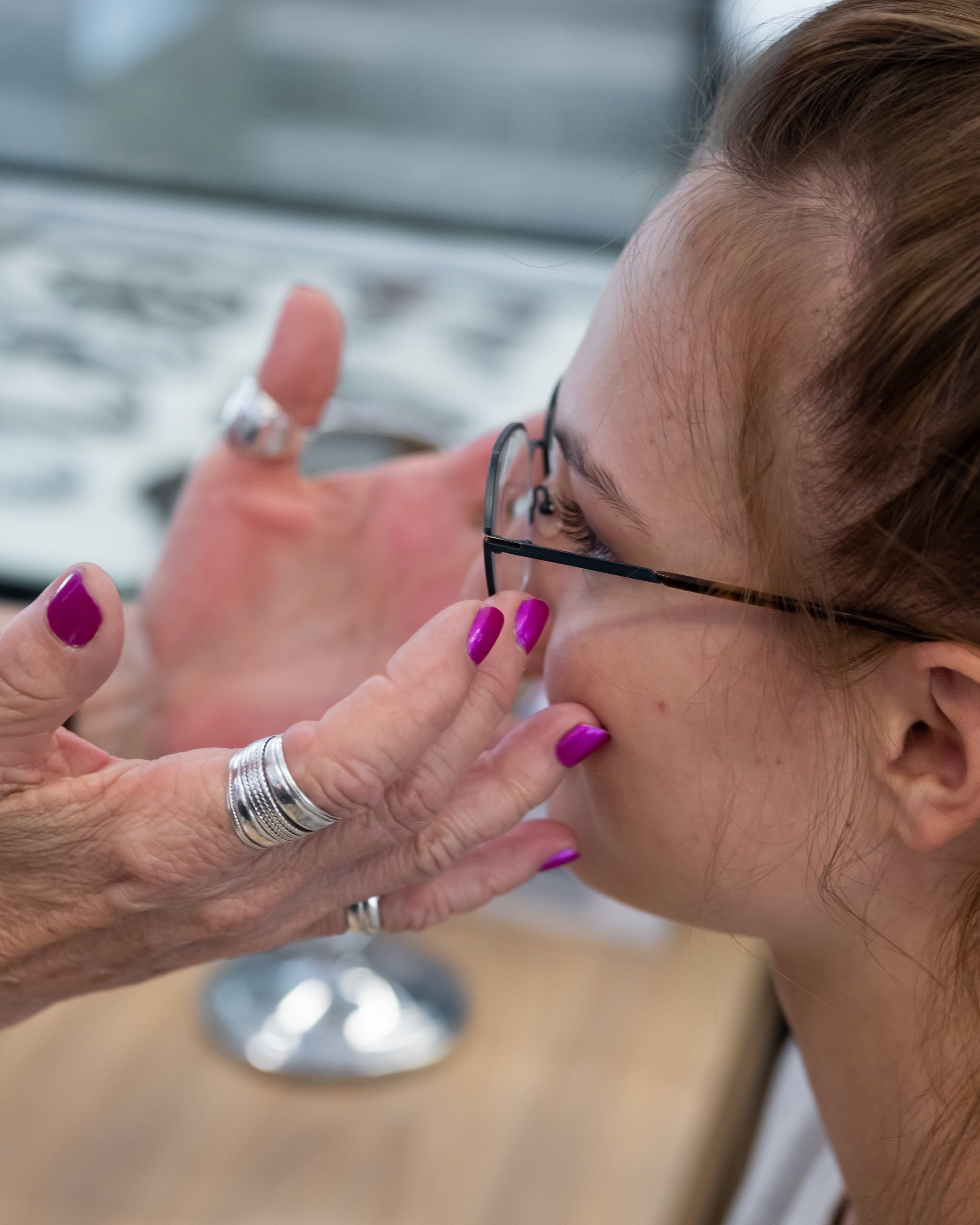Spectacle Adjustments
Challenges that spectacles wearers face on a daily basis
. Glasses do not stay put
. Frame sits too high or too low
. The frame touches my eyebrows or eyelashes
. It hurts behind the ear
All of this can most probably be addressed with a visit to your optometrist.
Your guide to lens and spectacle care
. When taking spectacles off or putting it on, use both hands
. Never place spectacles face down on any surface
. Always use the cloth supplied by your optometrist
. Only use quality lens cleaner, available at your optometrist
. Excessive heat is never good for your lenses or frame. Avoid leaving your spectacles in direct sunlight.
. Use a sturdy spectacles case to save guard your spectacles when not in use.
With all the wear and tear our spectacles have to endure during the day, it is clear that they need a bit of tender loving care. Pop into your optometrist and let the qualified staff check the alignment, screws and nose pads on your spectacles to assure a comfortable fit.
Note: Feel free to bring in any old spectacles laying around at home, we can put it to good use
LYNNWOOD BRANCH Phone - 012 348 1177Email -
info@hwoptom.co.za
LINTON'S CORNER BRANCH
Crn Lynnwood Rd & Solomon Mahlangu Dr, Equestria, Pretoria, 0184
Phone -
012 880 8828
Email - lintonscorner@hwoptom.co.za

